Unlock Your Mind Power Thingking
Introduction
In an age brimming with a cacophony of sensory inputs and an unrelenting barrage of informational stimuli the pursuit of mental clarity has emerged as an imperative for individuals striving to navigate complexity with poise and precision Rather than succumbing to cognitive entropy one may cultivate an inner sanctum of lucidity and discernment through deliberate practice and intentional reconditioning of neural pathways This treatise addresses an expert readership familiar with cerebral mechanics and introspective methodologies It weaves together empirical insights from neuroscience domain creative storytelling and actionable protocols All subheadings adhere to an heirarchy that ensures logical cohesion and immediate access to core content.
Neuroscientific Underpinnings of Clarity
Neuroplasticity and Cerebral Vitality
Neuroplasticity denotes the cerebral capacity to reorganize synaptic connections in response to experiential inputs When one engages in focused contemplative practices the brain’s synaptic architecture can be systematically remodeled to enhance attentional networks and executive control This adaptive rewiring hinges on Hebbian principles often distilled into the maxim neurons that fire together wire together Through recurrent activation of prefrontal modules and attenuation of default mode network oscillations an individual may strengthen top down regulation of intrusive ruminations Consequently one experiences heightened meta awareness and an augmented reservoir of cognitive resources.
Neurochemical Orchestra
Beneath the veneer of conscious thought lies an intricate ballet of neurotransmitters and neuromodulators Dopamine orchestrates reward based learning while acetylcholine undergirds attentional focus Serotonin modulates affective states and gamma aminobutyric acid serves as an inhibitory brake that tempers cortical hyperactivity Mastery of mental clarity involves optimizing this neurochemical orchestra through nutritional precursors strategic supplementation and lifestyle interventions Such integrative approaches may include choline rich alimentation micronutrient densification and circadian aligned exposure to natural light All these factors synergize to foster an environment where cognitive lucidity can flourish.
Techniques for Cultivating Mental Clarity
Mindful Contemplation
Focused Breathwork
Harnessing the breath as an anchor facilitates stabilization of the wandering mind. Through diaphragmatic inhalations and paced expirations one engages the parasympathetic axis thereby attenuating sympathetic arousal. A simple protocol involves inhaling for a count of four pausing for one beat then exhaling for a count of six. This temporal asymmetry promotes deeper relaxation and primes the prefrontal cortex for sustained attention.
Advanced practitioners may adopt coherent breathing by adjusting both inhalation and exhalation to equal lengths of five or six counts while monitoring heart rate variability using a wearable device. Such resonance frequency breathing amplifies vagal tone and yields a pronounced shift into a state of calm vigilance. For additional hemispheric balance alternated-nostril breathing can be incorporated by closing one nostril with the thumb inhaling through the opposite side holding briefly then switching exhalation and inhalation sides. This practice enhances interhemispheric communication and sharpens focus.
Body Scan Meditation
A systematic body scan cultivates interoceptive awareness by directing attention sequentially from the crown down to the soles. Through vigilant observation of somatic sensations muscle tensions and subtle energetic shifts one reconstructs the boundary between mind and body. This practice refines the capacity to detect early indicators of stress thereby enabling preemptive regulatory responses.
To deepen the experience begin with a guided audio cue or silent mantra such as the single word calm repeated in rhythm with slow inhalations. Allow each exhalation to release residual tension in specific regions for example shoulders jaw or lower back. For an imbricated variation scroll attention in spirals moving from the head then radiating out along each limb before returning to the torso. This creates a cartographic awareness of the soma akin to mapping neural pathways. Integrating a brief pause at each anatomical landmark intensifies awareness and fosters an eidetic recollection of the somatosensory terrain.
Cognitive Offloading
Bullet Journaling
An elegantly minimalistic system for capturing transient thoughts and tasks the bullet journal reduces cognitive load by externalizing commitments onto paper. By employing succinct signifiers tasks events and notes one crafts a dynamic repository that functions as an extended working memory. This liberates mental bandwidth for creative synthesis and deep analysis.
To amplify its utility incorporate a monthly log a weekly review and a daily rapid-logging protocol. Use migration signifiers to reassign incomplete tasks to future dates thereby preventing backlog accumulation. Introduce a habit-tracker page to monitor clarity practices for instance breathwork sessions meditation duration or deep-work intervals. For expert audiences consider a metacognitive scaffold page where you annotate shifts in focus states or document heuristics that enhance concentration. Index these pages for quick retrieval and embed visual cues such as colored dots or microglyphs to denote priority levels and emotional valence.
Mind Mapping
Visual schematization of ideas through radial diagrams enables lateral connectivity and associative leaps. By placing a central concept at the nexus and branching out with nodes labeled by keywords one catalyzes hemispheric integration. Analytical left-brain processes interface with holistic right-brain patterns yielding emergent insights and epiphanic clarity.
Elevate this technique by layering multiple strata of nodes with symbolic imagery and color gradients to represent conceptual hierarchies and relational intensities. Utilize digital mind-map software when collaborating remotely or switch to analog large format paper with colored pencils for tactile immersion. Introduce microbranch loops that connect nonadjacent nodes revealing hidden affordances and novel pathways. Use this for problem solving by framing the core issue at the center then iteratively applying how what and why prompts for each branch. This organic growth of interlinked ideas often reveals solutions lying at the confluence of disparate domains.
Journaling with Intentionality
Engaging in reflective writing at the close of each day fosters metacognitive awareness and emotional catharsis. By employing prompts that encourage examination of cognitive distortions narrative reframing and value-aligned goal setting one solidifies adaptive neural circuits. Moreover specifying actionable intentions for the following dawn primes the subconscious for proactive initiative.
A powerful format integrates three morning pages followed by an evening gratitude entry. Begin with free writing for ten minutes letting thoughts flow without judgment then switch to a structured prompt such as identify one limiting belief undermining your clarity and propose a counter narrative grounded in evidence. End with affirmations phrased in present tense for example I operate with lucid intent at all times. For deeper exploration experiment with dialogical journaling where you alternate entries between your rational self and your intuitive self crafting a conversation that surfaces hidden motivations. Over weeks this method elucidates recurring themes and imparts vivid clarity into your mental landscape.
Somatic Practices
Incorporation of grounding modalities such as Iyengar inspired yoga qigong and Feldenkrais based movement reawakens proprioceptive acuity and integrates sensorimotor feedback loops. Dynamic postures interwoven with mindful transitions engender a harmonious flow of bioelectric energy. This seamless interplay between mind and musculature underscores the integral unity of cognition and corporeal form.
To intensify somatic awareness adopt micromovement breaks every sixty minutes during desk work comprising gentle spinal twists wrist circles or ankle rotations. Explore foam rolling or self-myofascial release to unlock fascial restrictions that may impede intrabody communication. Qigong practitioners can learn turtle and crane forms emphasizing slow undulating motions which align chi flow with neural rhythms. Feldenkrais learners can practice the functional integration sequence lying supine then slowly rising mapping each joint articulation. This kinesthetic intelligence translates into enhanced concentration and a tangible sense of embodied clarity.
Environmental Alchemy
A meticulously curated external milieu can amplify mental clarity. Decluttering workspaces implementing biophilic design elements and calibrating ambient illumination in accordance with chronobiological rhythms all contribute to reduced cognitive friction. The strategic placement of living botanical specimens not only enhances air quality but also stimulates parasympathetic engagement via oxytocin-mediated pathways.
Optimize lighting using tunable LED fixtures that mimic sunrise and sunset spectra to entrain biological rhythms. Introduce a tabletop water feature or Himalayan salt lamp to generate negative ions believed to enhance air purity. Arrange essential oils such as rosemary or sandalwood in a diffuser to promote neurolimbic calm. Employ modular furniture that allows both standing and seated workstations thereby introducing postural variation. Use acoustic panels or heavy drapes to buffer intrusive noise in open-plan settings. Finally consider a terrarium or moss wall for a miniature ecosystem that evokes biophilic synergy and fosters a sense of tranquility and focus.
Narrative Interlude
Anecdote of Dr Helen and the Epiphany in a Rainforest Sanctuary
Dr Helen a neuroscientist renowned for her scholarly publications immersed herself in empirical research yet wrestled with episodic overwhelm During a sojourn in a rainforest sanctuary she partook in a dawn chorus meditation beneath an ancient kapok tree Surrounded by the hushed symphony of cicadas and avian calls she adopted a mantraless alertness that precipitated an unprecedented clarity of mind In that interlude she perceived the leitmotif interlacing her research strands This singular experience catalyzed her subsequent formulation of a hybrid protocol blending immersive nature retreat elements with microdosing of nootropic botanicals The resultant method propelled her cognitive acuity to new summits and exemplifies the transformative power of holistic integration.
Advanced Strategies for Experts
Lucid Dreaming and Hypnagogic States
Harnessing the dreamscape unlocks an uncharted frontier of cognitive exploration Lucid dreaming techniques such as reality testing mnemonic induction of lucid dreams and wake initiated protocols grant navigational agency within nocturnal visions Systematic engagement with hypnagogic imagery during the transitional threshold between wakefulness and slumber can yield raw insights and potent problem solving capacities When coupled with post dream journaling one forges a conduit for subconscious knowledge to inform waking creativity.
Technological Augmentation and Nootropic Synergy
In an epoch of rapid innovation cerebral augmentation extends beyond meditation and movement Transcranial direct current stimulation delivers low amplitude currents to targeted cortical loci thereby modulating neuronal excitability Concurrent administration of racetams bacopa monnieri and lion’s mane mushroom extracts acts on cholinergic pathways and neurotrophic factors This confluence of biohacking and contemplative modalities must be approached with scrupulous self monitoring biomarkers and expert consultation to safeguard against maladaptive neuroplastic outcomes.
Integrating Techniques into Daily Regimen
Scripting and Ritualization
Constructing a morning script that delineates micro routines anchors intention into temporal segments A sequence might commence with three minutes of focused breathwork two minutes of gratitude reflection followed by one minute of cognitive journaling Such ritualization embeds clarity protocols into the fabric of quotidian life circumventing willpower depletion.
Temporal Partitioning and Time Boxing
Allocating discrete intervals for divergent cognitive tasks optimizes focus by minimizing context switching By employing time boxing techniques one designates fixed durations for deep work administrative chores and creative ideation Time threshold alarms serve as gentle prompts to transition ensuring sustained momentum across multifarious undertakings.
Community Synergy and Accountability
Forming peer cohorts of like minded individuals fosters mutual reinforcement of clarity practices Regular convenings facilitate exchange of experiential data troubleshooting of obstacles and co creation of nuanced refinements Accountability mechanisms such as paired check ins and communal challenges galvanize adherence and nurture collective evolution.
Common Pitfalls and How to Overcome
Procrastination and Decision Fatigue
Procrastination often masquerades as perfectionism or necessary incubation yet, at its core, it reflects a misallocation of executive energy. When faced with a high-stakes task, the mind instinctively dithers—scanning hypothetical scenarios, inflating potential obstacles, and postponing commitment. This decision paralysis not only stalls progress but siphons off cognitive reserves, leaving one fatigued before any meaningful work begins.
To counteract this, institute precommitment devices and implementation intentions. For example, before sleep, decide: “Tomorrow at 9 AM I will draft the first 300 words of my report.” By tethering intention to a specific context and time, you convert abstract goals into concrete neural patterns, reducing the need for daily renewals of willpower. Complement this with the Two-Minute Rule—if a task can be started and partially completed within two minutes, do it immediately. Over time, these micro-victories compound, reinforcing the habit of initiation rather than procrastination.
When multiple decisions loom, apply batch decision-making and default sets. For routine choices—what to eat, what to wear—create a minimalist repertoire. Steve Jobs famously wore the same black turtleneck daily, freeing his prefrontal cortex for higher-order problems. Similarly, use a criteria matrix for mid-level calls: list options, weigh against two or three nonnegotiable factors, then pick the highest-scoring alternative. This transforms decision-making into a mechanical process, conserving mental stamina for truly novel challenges.
Finally, schedule recurring decision audits at predetermined intervals. During these audits, review pending choices, eliminate outdated ones, and archive completed decisions. This housekeeping ritual prevents the accumulation of “open loops,” ensuring that cognitive bandwidth remains allocated to tasks aligned with your core objectives.
Overreliance on External Stimuli
In an era of digital omnipresence, many believe constant connectivity enhances productivity. In reality, perpetual pings fracture attention into infinitesimal fragments, each demanding a slice of dopamine-driven reward. Over time, this creates a dependency loop: the brain craves external novelty and finds sustained inner focus increasingly elusive.
Begin by conducting a notification hygiene sweep. Disable all nonessential alerts—email, social media, even calendar reminders that aren’t mission-critical. Then, create tech phalanxes—designated zones and times where devices are either silenced or physically absent. For instance, keep your smartphone in another room during morning deep-work rituals or schedule a daily two-hour “digital Sabbath” when all screens are off.
Augment this with dopamine fasting micro-retreats. Set aside 15- to 30-minute windows in which you abstain from any gratifying stimuli—no music, no podcasts, no snacks beyond sips of water. Initially, the absence will feel jarring; soon, however, the mind recalibrates its reward thresholds, making everyday tasks feel more novel and engaging when stimulus is reintroduced.
In parallel, cultivate intrinsic enhancement modalities. Replace external noise with self-generated focus anchors—silent breathwork, soft binaural beats, or a simple mantra. Over weeks, the brain will learn to derive satisfaction from these endogenous cues, dissolving the crutch of extrinsic stimulation and laying the groundwork for enduring clarity.
Cognitive Rigidity
When a mind clings to familiar schemas and rehearsed strategies, it forfeits the very flexibility required for innovative problem solving. This cognitive rigidity manifests as an almost visceral resistance to contradictory evidence, new disciplines, or unconventional methodologies. Over time, expertise can calcify into dogma, stymieing growth.
To break these shackles, deliberately seek cross-disciplinary incursions. If you’re an analytic strategist, enroll in an improvisational theater workshop; if you’re a poet, try architectural sketching. Novel domains activate disparate brain networks, forging fresh synaptic bridges and dissolving entrenched neural circuits.
Adopt structured creativity protocols such as Edward de Bono’s Six Thinking Hats. By donning different “hats”—from logical skeptic to hopeful optimist—you force your mind out of a single vantage point. Equally potent is reverse brainstorming: instead of asking “How can I solve this?” ask “How could I make this problem worse?” This counterintuitive flip often surfaces hidden assumptions and primes the mind for more radical solutions.
Incorporate cognitive reframing as a daily exercise. When you notice rigid language—“I must,” “I can’t,” “This always”—pause and rephrase. Transform “I can’t focus without three monitors” into “I choose to experiment with a single-screen setup today.” This simple linguistic pivot recalibrates underlying thought patterns, reinforcing the neural plasticity necessary for sustained mental agility.
By systematically confronting and dissolving these common pitfalls, you fortify the scaffolding of mental clarity—preserving precious cognitive capital for the work that truly matters and ensuring your mind remains a dynamic engine of insight rather than a stagnant reservoir of inertia.
Conclusion
The odyssey toward mental clarity is neither linear nor prescriptive It demands a tapestry of interwoven techniques spanning mindful contemplation environmental design somatic disciplines narrative exploration and technological augmentation For an expert audience the challenge lies in integrative synthesis of these modalities tailored to individual neurocognitive landscapes By embracing rigorous experimentation reflective iteration and communal support one may unlock the untapped potential of the mind cultivating an enduring sanctuary of lucidity and insight.
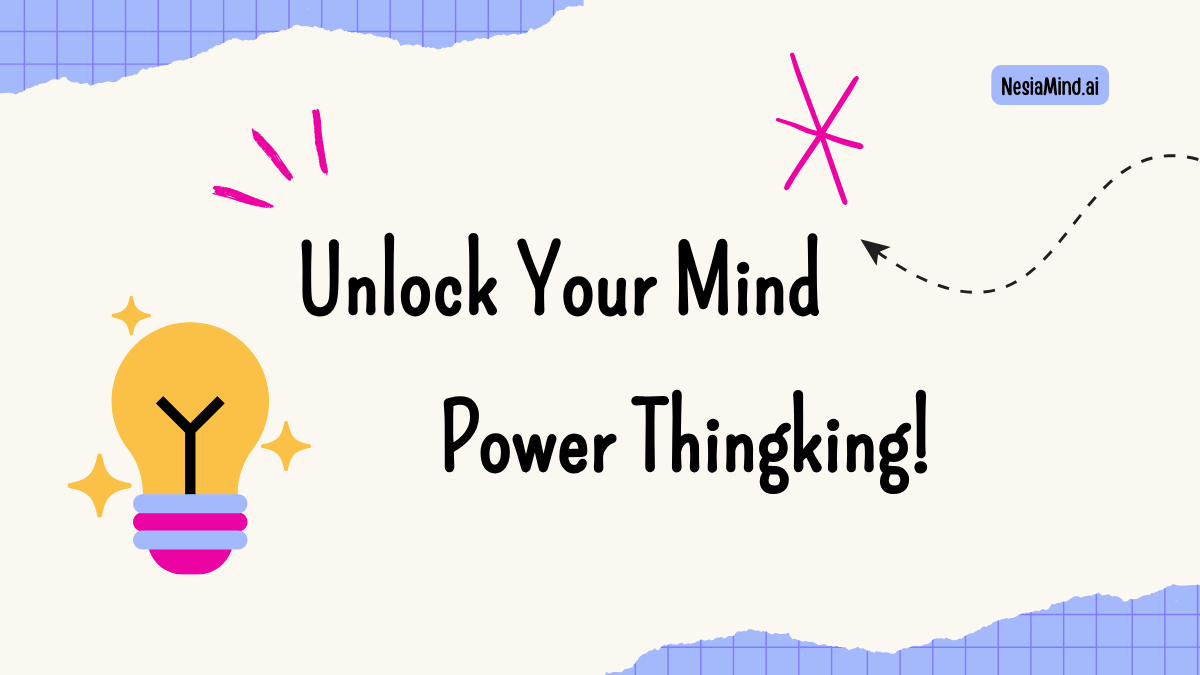
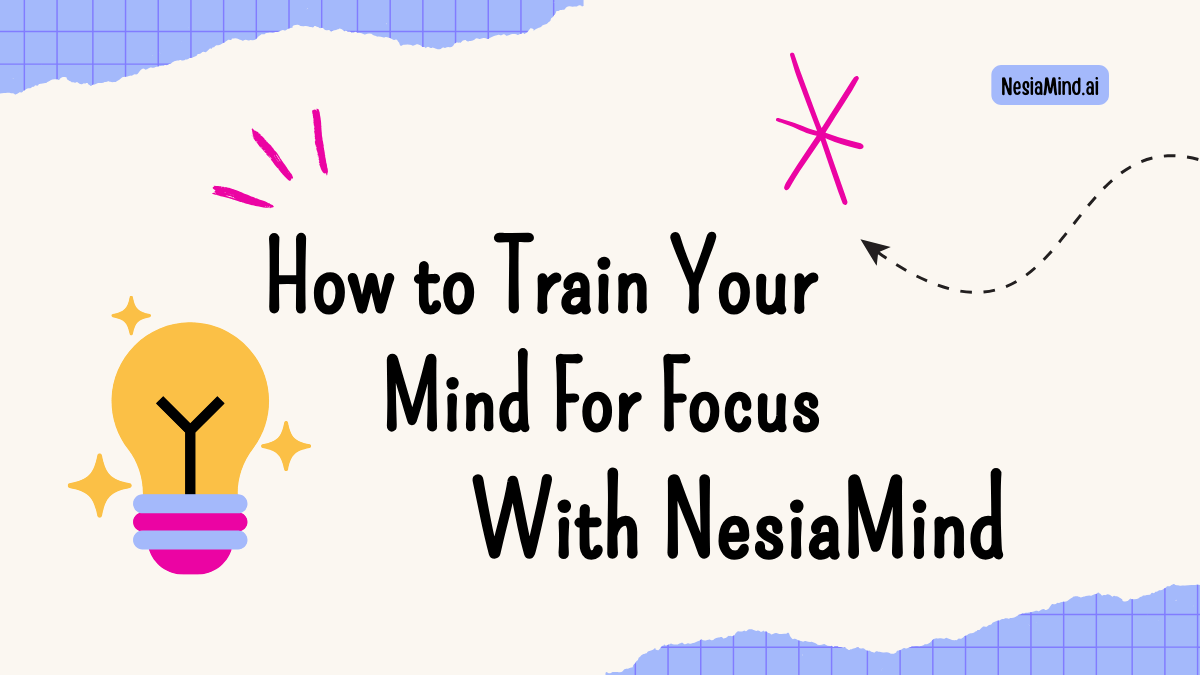
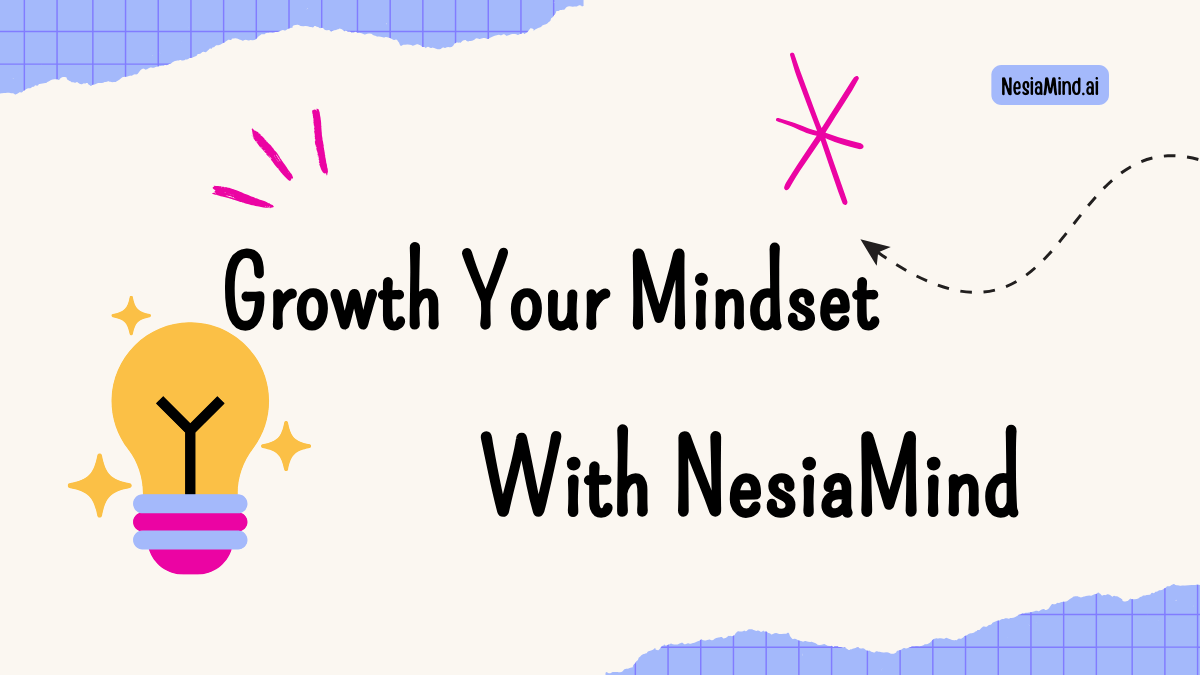
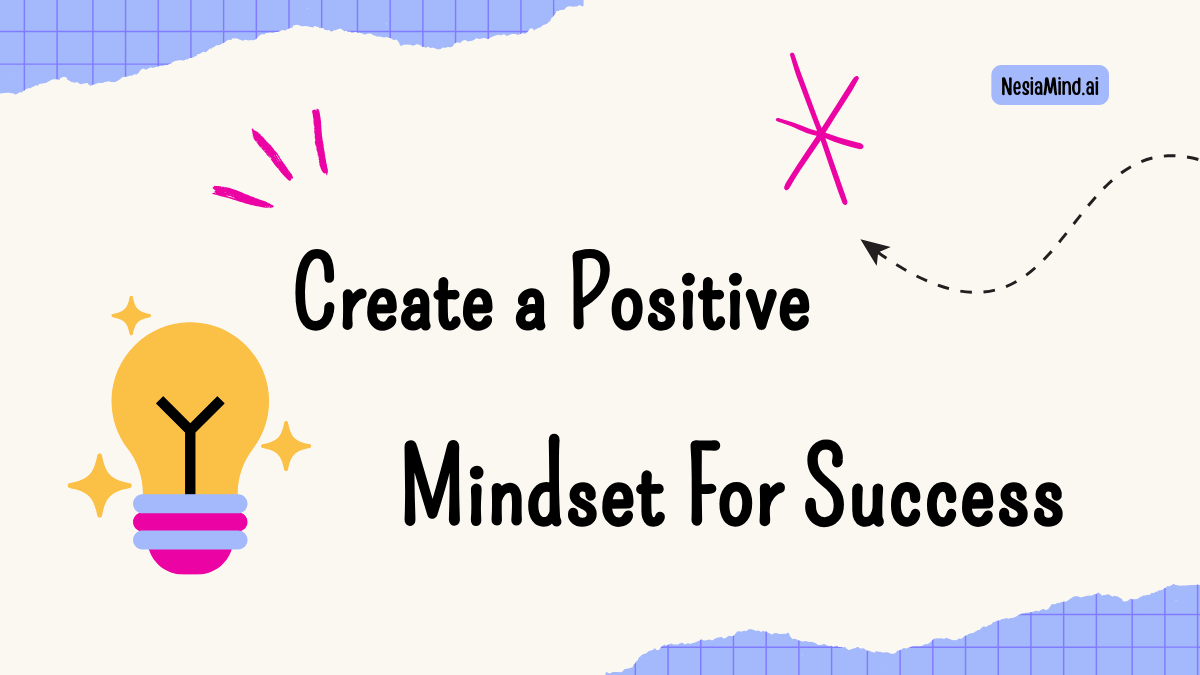
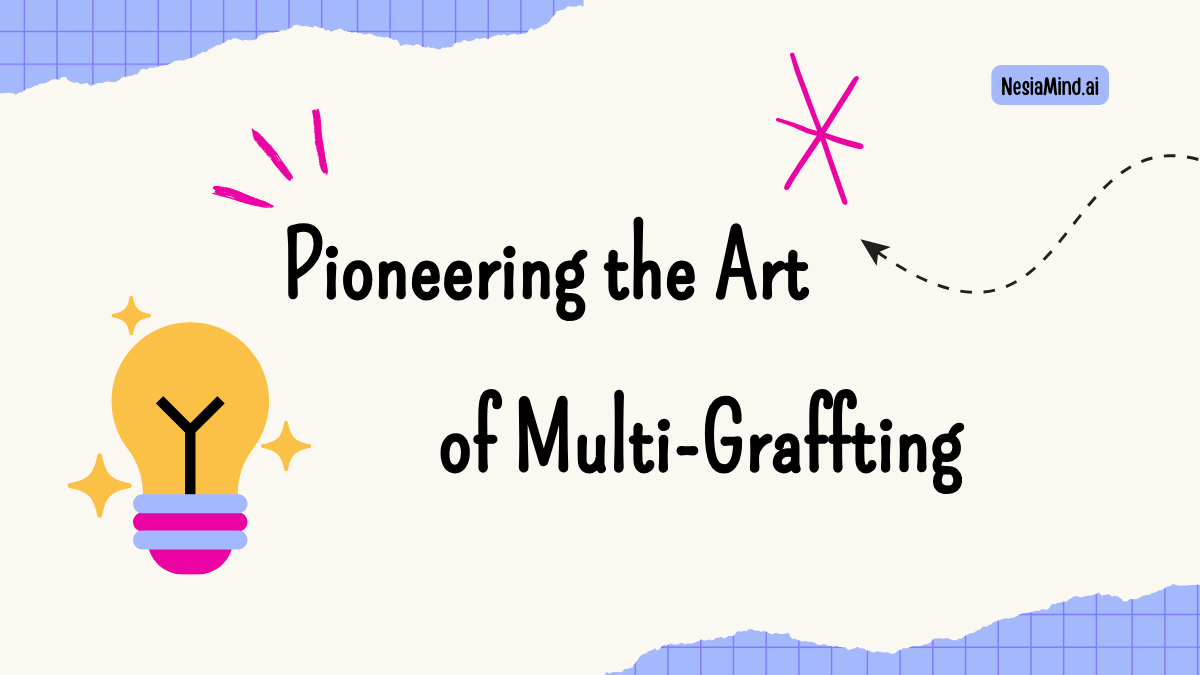


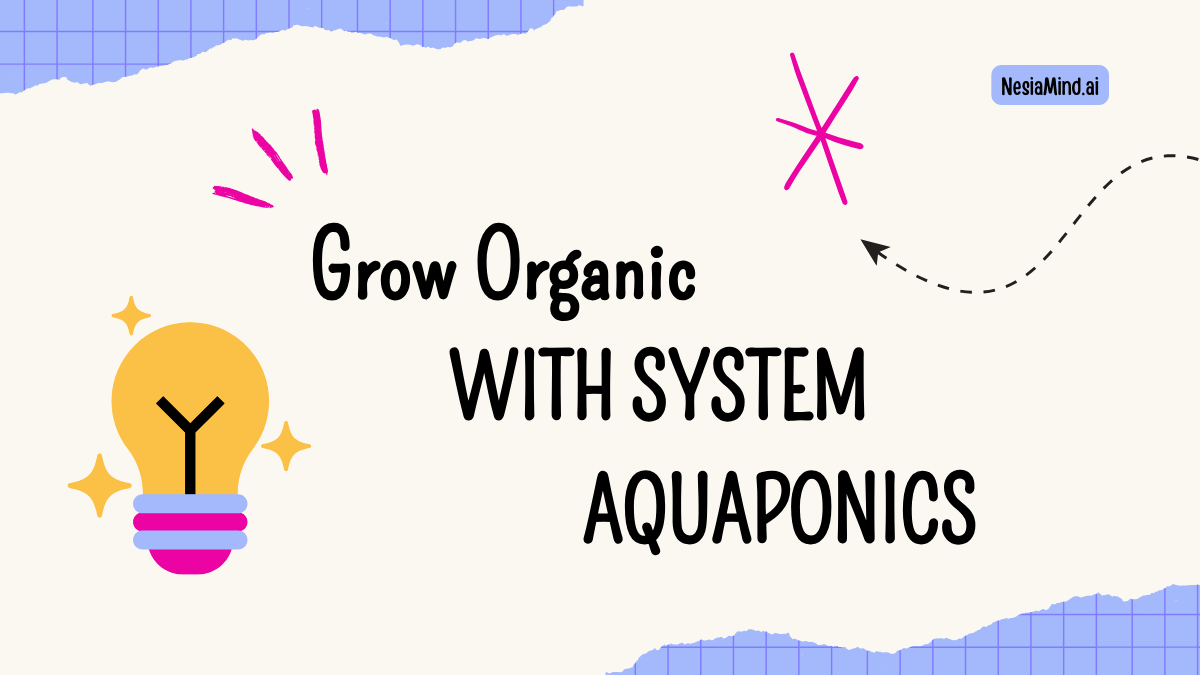

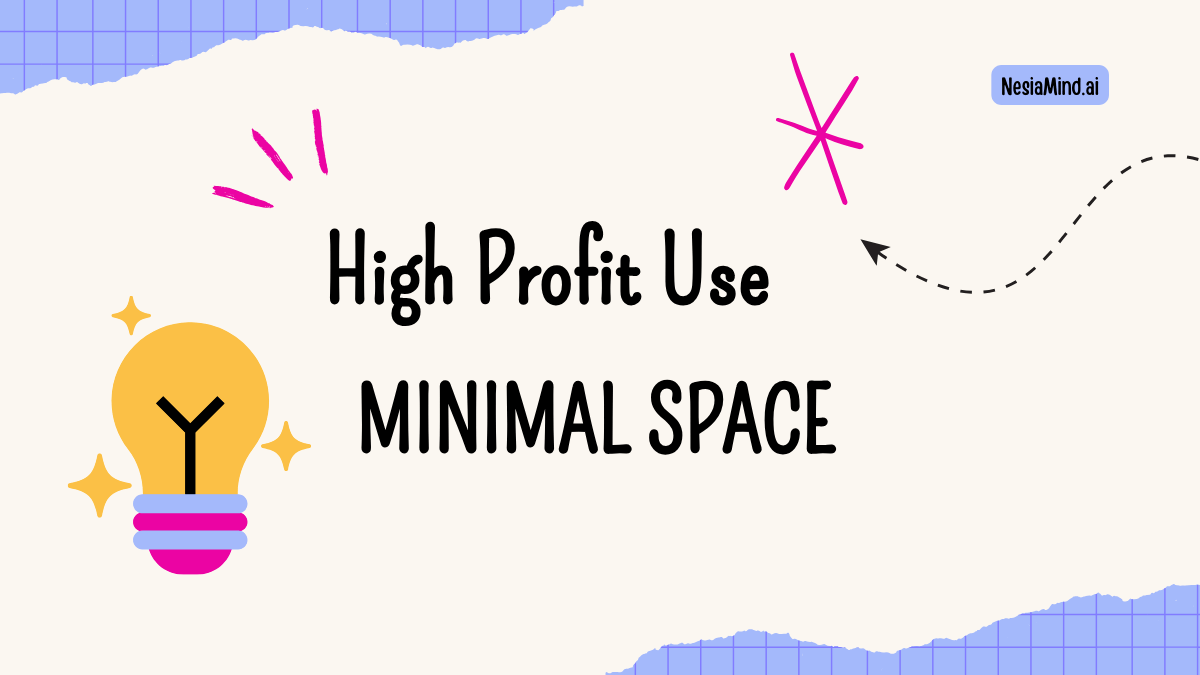
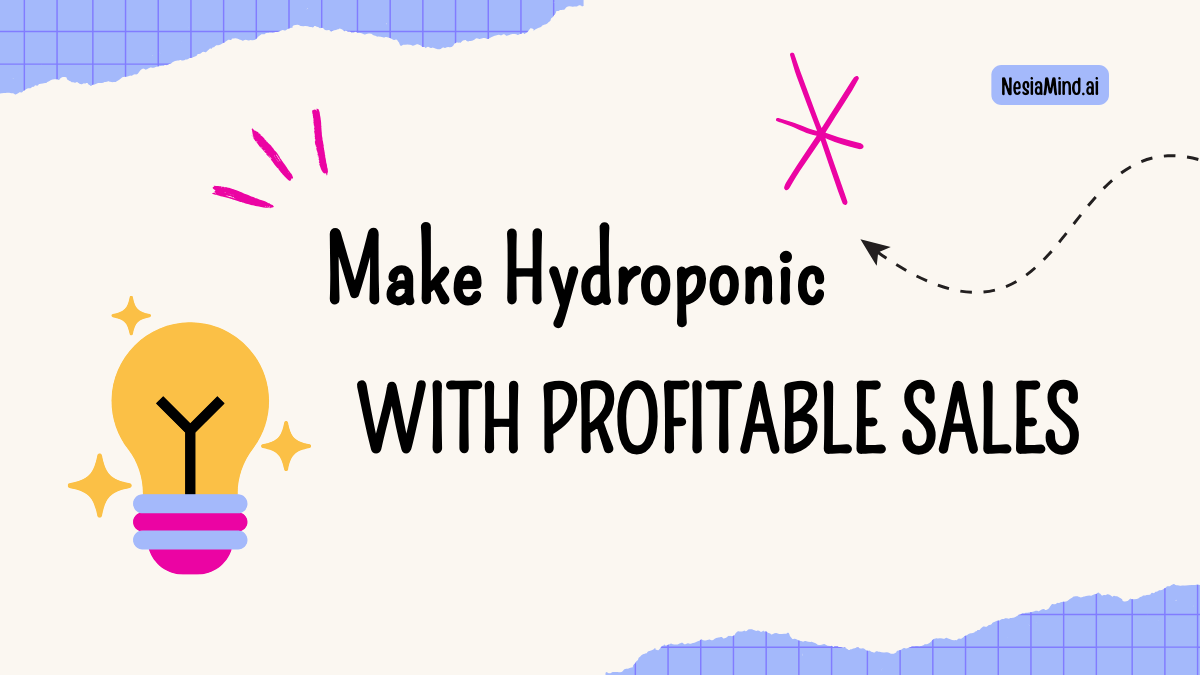
Leave a Reply